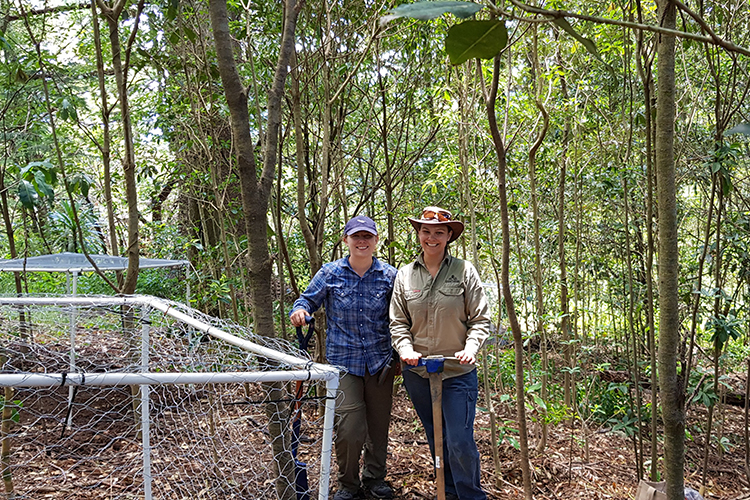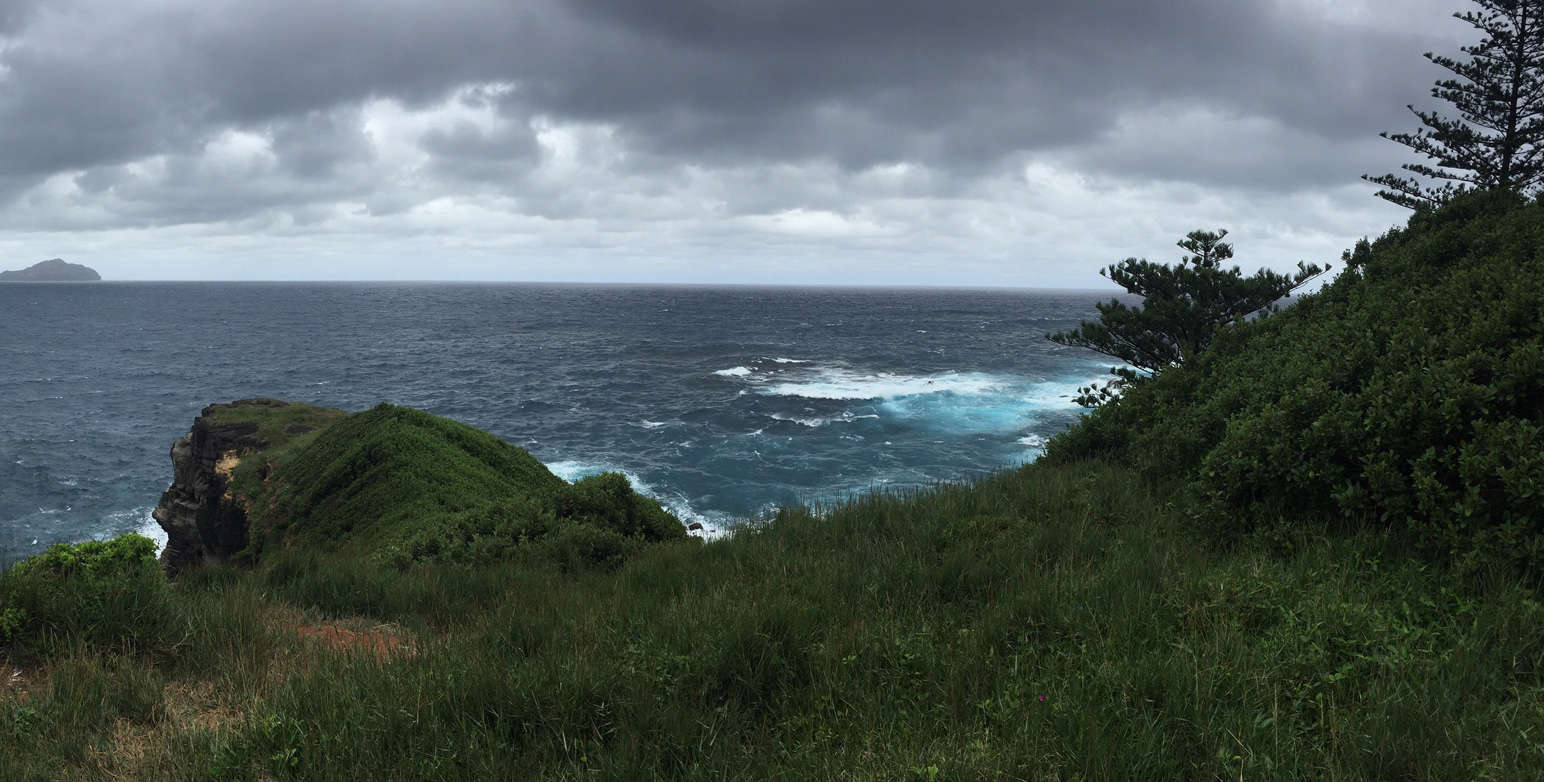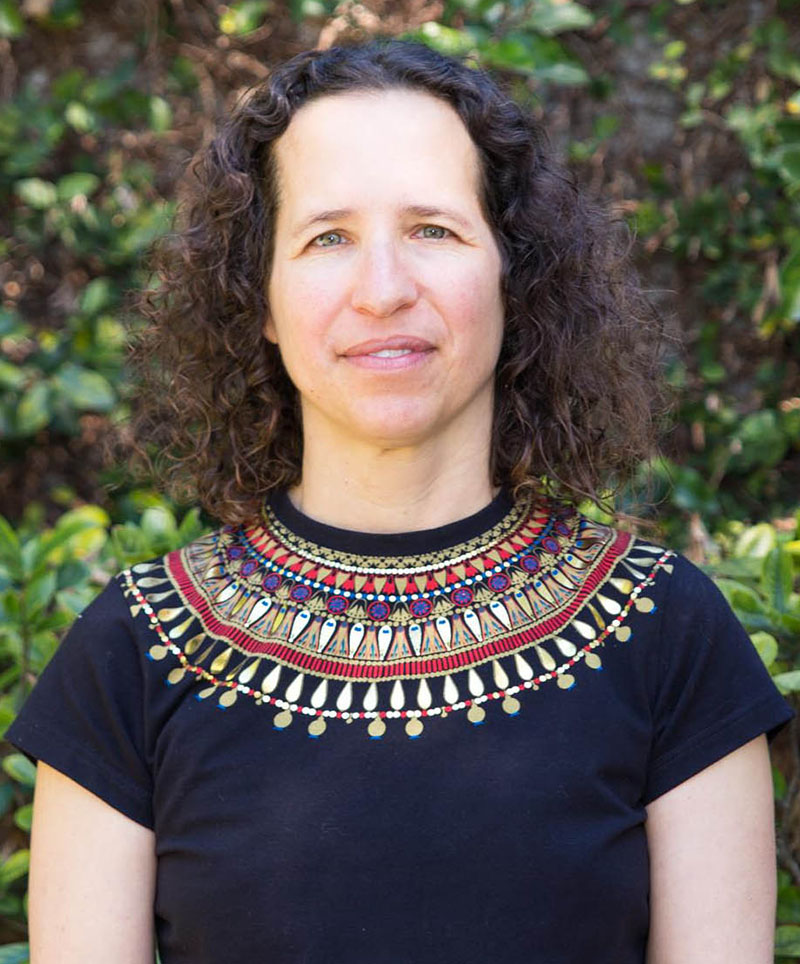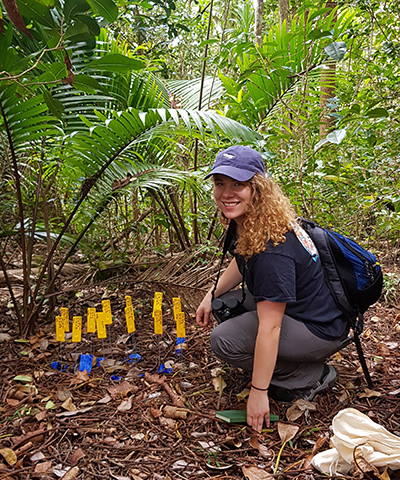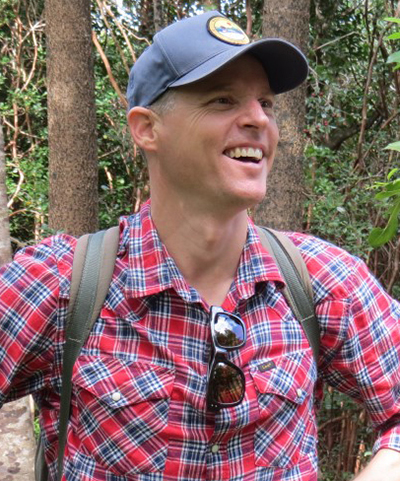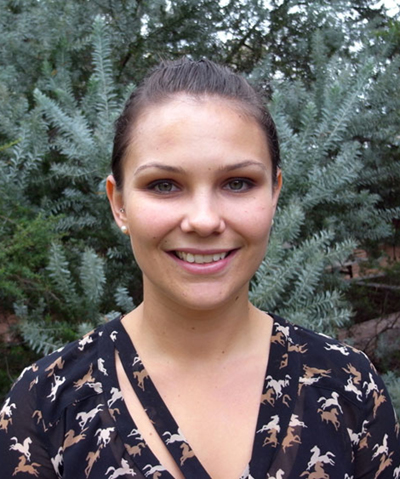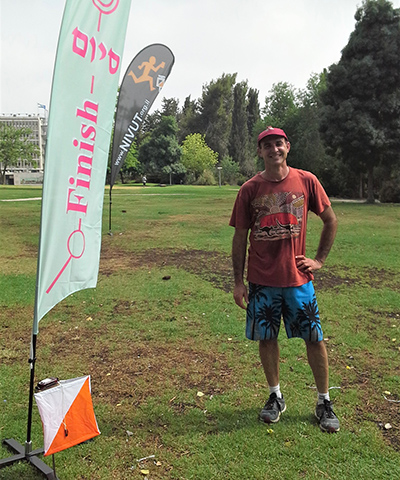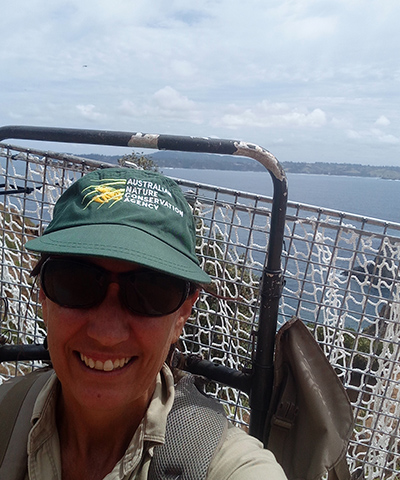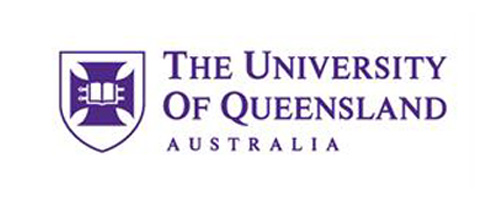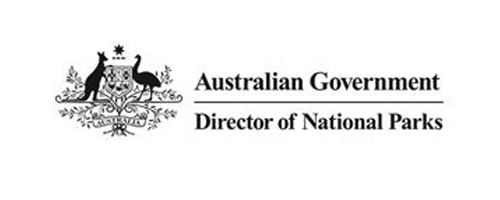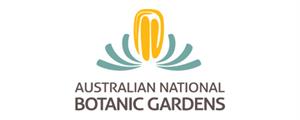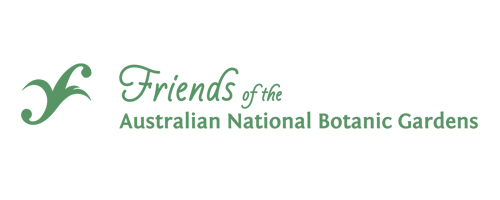
Research in Brief
Norfolk Island is a unique volcanic island at the transition between tropical and temperate ecosystems. Due to its location and isolation, Norfolk Island features a wide diversity of endemic species of flora and fauna, many of which have become threatened. Declines have largely been caused by historical land clearing and the introduction of invasive species of plants, mammals, birds and other species.
This research seeks to examine the mechanisms driving native plant recruitment, along with an assessment of flora–fauna interaction networks, particularly native plant interactions with invasive weeds, rats and chickens. It will identify and quantify key threats and barriers to recruitment of native plant species. The research will determine effective management strategies that will best mitigate these threats and enhance the conservation of the island’s threatened species.
 Researcher, Leah Dann pulling up seed bags for viability testing. Photo: Lydia Guja
Researcher, Leah Dann pulling up seed bags for viability testing. Photo: Lydia Guja
Why is the research needed?
Islands tend to have high levels of endemism and are therefore of particular importance when considering worldwide biodiversity preservation. However, this endemism – along with small, isolated population sizes and land areas – contributes to increased extinction risk on islands such as Norfolk Island and neighbouring Phillip Island.
A large proportion of native species on Norfolk Island are threatened by habitat loss and degradation, as well as by invasive plant and animal species. For example, Norfolk Island was historically home to 15 endemic bird species and subspecies, eight of which are now extinct. Norfolk Island has a total of 46 EPBC-listed threatened plant species, of which 31 are endemic.
While Norfolk is a rich endemism hotspot and holds a Commonwealth protected area, we currently have insufficient knowledge about the ecology of many of these species and the threats they face. This research will fill these knowledge gaps by examining the ecology and interactions of Norfolk Island flora and fauna, the threats native species face including barriers to recruitment, and the efficacy of current management strategies in order to maximise conservation benefit for native plant species.
 Rat damage to Elaeodendron curtipendulum. Photo: Leah Dann
Rat damage to Elaeodendron curtipendulum. Photo: Leah Dann
How can the research help?
This research team is working in close collaboration with Parks Australia and the Australian National Botanical Gardens to collect and analyse scientific data that will inform management strategies in order to efficiently and effectively preserve threatened species on Norfolk Island.
The overarching goal of this research is to contribute to the conservation of threatened plant and animal species. Specifically, this research will examine impacts of invasive plant and animal species such as red guava (Psidium cattleianum), rodents and chickens, on native plant recruitment and the survival of threatened plant seeds and seedlings. It will provide a better understanding of the biology and ecology of threatened plant species, of the interactions between flora and fauna species, and of the effects of species loss and gain. It will also deliver insights into historical events corresponding with vegetation cover changes that can be used to inform the likely consequences of management policies, land use practices and species invasions. This will be done using a reconstruction of historical land cover changes, based on dozens of historical maps and aerial photos, which have been collated from various archives, scanned, georeferenced and digitised.
Knowledge gained from this research will not only provide evidence-based recommendations for effective conservation and management strategies on Norfolk Island. It may also be applicable to other locations that face similar problems, particularly oceanic islands, and may serve to inform policies and conservation actions elsewhere.
 Invasive species such as rodents are impacting native plants and animals. Photo: Leah Dann
Invasive species such as rodents are impacting native plants and animals. Photo: Leah Dann
What research activities are being undertaken?
The major research activities that are taking place include:
- Analysis of historical vegetation cover changes on Norfolk Island using historical maps, aerial photos and satellite images to examine how land use, species introduction, conservation management strategies and other events influenced vegetation dynamics
- Mapping of historical changes in Norfolk’s vegetation cover and pines since the first European settlement to the present
- Surveys to assess plant, bird and butterfly diversity along gradients and important interactions between these species
- Exclosure experiments, including seed predation and seedling establishment studies to examine the impact of herbivorous and foraging animal species such as rodents, birds and invertebrates on native plant recruitment
- Surveys to determine the effects of invasive plant management on native plant recruitment and community composition over time
- Soil sampling and controlled growth experiments to investigate invasion-driven abiotic changes and the influences of these alterations on native plant recruitment.
- Seed viability and longevity studies.

 PhD student Leah Dann removing seed bags on Norfolk Island. Photo: Dianne Deans
PhD student Leah Dann removing seed bags on Norfolk Island. Photo: Dianne Deans
Who is involved?
This project is being led by The University of Queensland, who are working closely with Parks Australia, the Australian National Botanic Gardens, and the Friends of the Australian National Botanic Gardens.
Where is the research happening?
Fieldwork is being undertaken on Norfolk Island, which is one of Australia’s most isolated islands, located 1700 km from Sydney, New South Wales.
 Researchers at work at the nursery on Norfolk Island. Photo: Salit Kark
Researchers at work at the nursery on Norfolk Island. Photo: Salit Kark
When is the research happening?
This research will run for four years, from early 2018 to mid 2021.
Further information
For more information please contact:
Leah Dann - l.dann@uq.edu.au
Salit Kark - s.kark@uq.edu.au
Top image: Team researchers by some Norfolk Island exclosures. Photo: Dianne Deans
